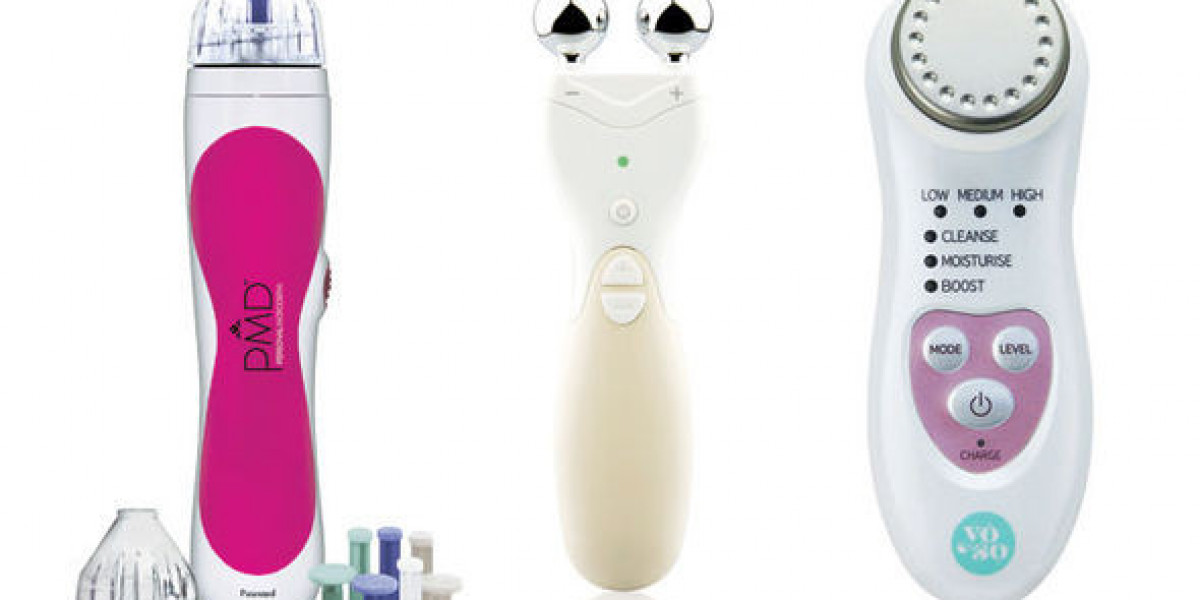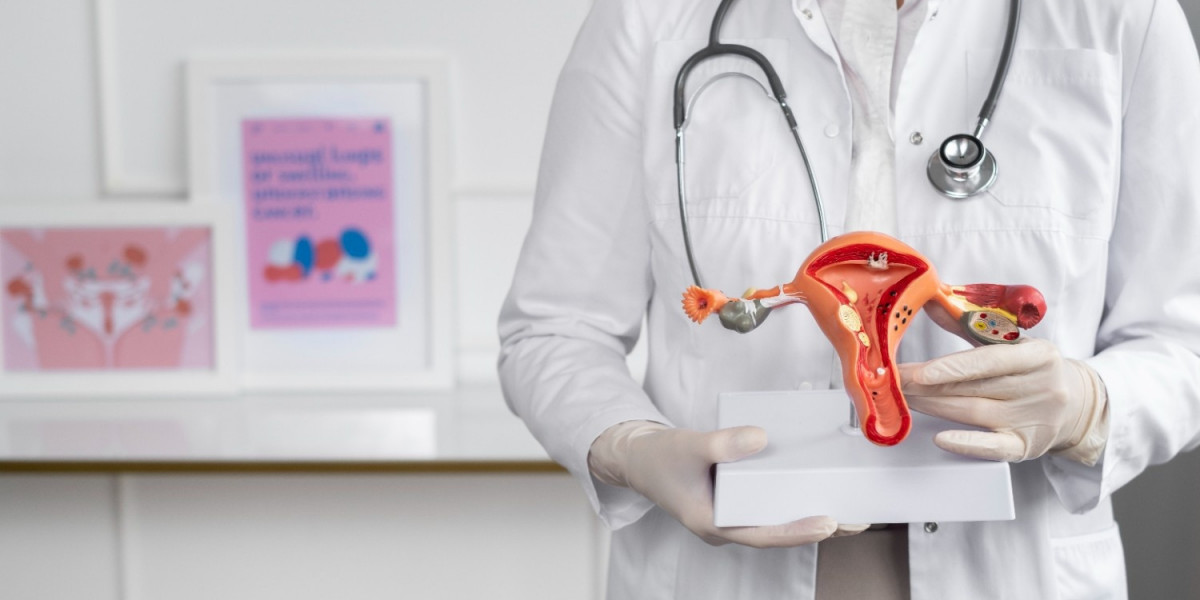The beauty devices market has seen impressive growth in recent years, driven by technological innovations, increasing consumer awareness, and growing demand for at-home beauty treatments. Consumers are increasingly seeking professional-grade skincare and beauty treatments that they can perform at home. From facial cleansing brushes to anti-aging devices, the market offers a wide range of products designed to address various skin concerns. Despite the growth potential, the beauty devices market faces several challenges that can hinder its expansion and innovation. This article explores the primary challenges in the beauty devices market, including consumer concerns, technological barriers, regulatory issues, and market competition.
1. Consumer Trust and Education
One of the primary challenges in the beauty devices market is gaining consumer trust and educating them about the effectiveness and safety of these products. Unlike traditional beauty products like creams or lotions, beauty devices often require consumers to understand how to use them properly to achieve the desired results. Many consumers are cautious about investing in beauty devices due to uncertainties about their effectiveness and whether they can deliver results comparable to professional treatments.
Moreover, the rapid influx of new devices into the market often leads to confusion among consumers. With so many options to choose from, consumers may find it difficult to differentiate between high-quality products and gimmicks. As a result, there is a significant need for reliable product reviews, endorsements from dermatologists or skincare professionals, and detailed user instructions to help consumers make informed purchasing decisions.
2. Technological Challenges
The beauty devices market is heavily reliant on advancements in technology, and keeping up with rapid innovation is a challenge. The technology behind many beauty devices, such as microcurrent therapy, LED light therapy, and ultrasound treatments, needs to be constantly refined to improve efficacy and safety. Additionally, these devices often rely on complex electronic components that can malfunction or deteriorate over time.
Another issue is the integration of artificial intelligence (AI) and machine learning (ML) into beauty devices, which can enhance personalization but also adds complexity. The market is still in the early stages of implementing AI in beauty tech, and there are significant challenges in making these technologies both accessible and effective for everyday consumers.
For manufacturers, staying ahead in terms of technology can be a financial burden. Developing and upgrading technology requires substantial investment in research and development (R&D), which might not always yield immediate returns, especially when consumer demand is unpredictable. Additionally, newer technologies may require higher production costs, which can increase the price point of beauty devices, limiting their market appeal to a broader audience.
3. Regulatory and Safety Concerns
Beauty devices are classified as medical or cosmetic devices, depending on their function, and are subject to regulation in many countries. The lack of clear and uniform regulations across regions poses a challenge for manufacturers, particularly those operating on a global scale. In some markets, such as the United States, beauty devices must comply with FDA regulations if they are deemed to have therapeutic effects. Ensuring compliance with these regulations can be time-consuming and costly.
The safety and efficacy of beauty devices are also concerns for consumers. For example, devices that claim to treat acne or reduce wrinkles may carry risks if used improperly. Some products may cause skin irritation, burns, or other adverse effects, especially if consumers fail to follow the manufacturer’s instructions carefully. As a result, manufacturers must not only ensure the safety of their products but also provide clear and effective guidelines to mitigate the risk of misuse.
Additionally, the industry is not as heavily regulated as pharmaceuticals or medical devices, leading to inconsistent standards for quality control. While some beauty device brands adhere to high safety and quality standards, others may cut corners in manufacturing, leading to a lack of consumer confidence in the products.
4. Price Sensitivity and Affordability
Price sensitivity is another major challenge in the beauty devices market. Many beauty devices come with a significant price tag, particularly those designed for anti-aging or skin rejuvenation. While these devices can provide long-term savings compared to frequent professional treatments, their upfront cost can be a barrier for many consumers. This is especially true in emerging markets, where disposable income may be lower, and consumers may prioritize basic beauty and skincare products over more expensive devices.
Manufacturers must balance product quality and affordability to appeal to a wider audience. While premium devices may be highly effective, they often cater to a niche market, leaving larger market segments untapped. On the other hand, more affordable beauty devices may lack the sophistication and advanced features of their high-end counterparts, leading to lower consumer satisfaction.
5. Market Competition and Saturation
The beauty devices market is becoming increasingly crowded, with numerous brands offering similar products at varying price points. This saturation makes it difficult for individual brands to differentiate themselves and maintain consumer loyalty. In addition to traditional beauty brands, startups and tech companies are entering the market with innovative devices, adding to the competitive landscape.
For established brands, standing out in a saturated market requires continuous innovation, effective marketing strategies, and maintaining a strong brand identity. However, for newer or smaller brands, competing with larger, well-known companies that have significant resources for marketing and R&D can be a daunting task. As the market becomes more competitive, pricing wars may emerge, which could lead to reduced profit margins for manufacturers.
6. Consumer Privacy and Data Security
With the rise of AI and personalized beauty devices, concerns over consumer privacy and data security have become more prominent. Many beauty devices now collect data from users, such as skin types, usage patterns, and treatment results, to offer tailored solutions. While this can enhance the effectiveness of the devices, it also raises questions about how personal data is stored, used, and shared.
Manufacturers must ensure that they comply with data protection laws and regulations, such as the GDPR in Europe, to safeguard consumer privacy. Failure to do so could result in reputational damage, legal penalties, and a loss of consumer trust.
Conclusion
The beauty devices market is poised for continued growth, but it faces significant challenges that could impact its trajectory. Addressing issues related to consumer trust, technological advancements, regulatory compliance, pricing, market competition, and data security will be crucial for the sustained success of the industry. Manufacturers and brands that can navigate these challenges and provide safe, effective, and affordable beauty solutions will be best positioned to thrive in the ever-evolving market. As the beauty tech space continues to evolve, collaboration with professionals, ongoing innovation, and consumer education will be key drivers of success.
Get More Details :
| https://www.pristinemarketinsights.com/beauty-devices-market-report |









